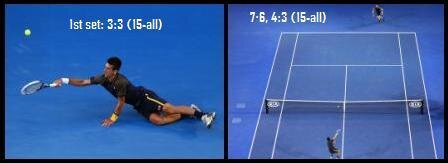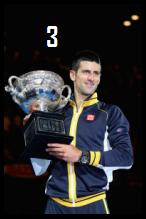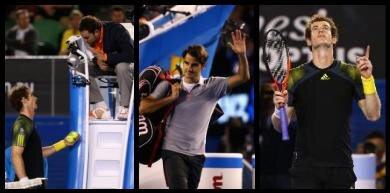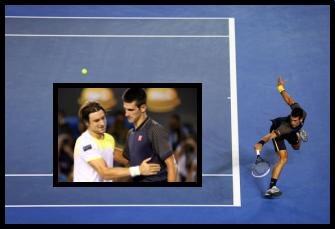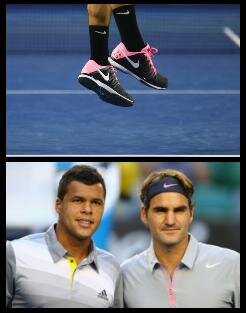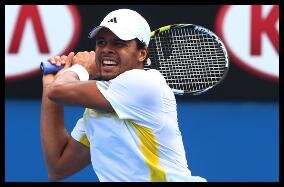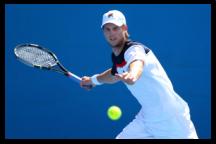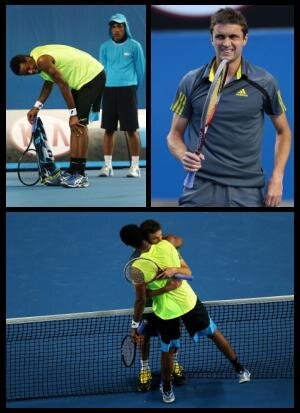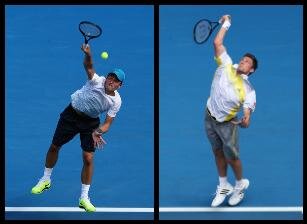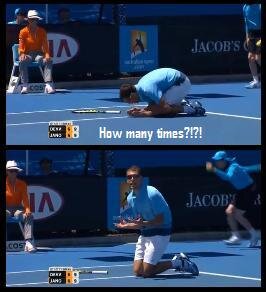My eBook
Categories
-
Recent Posts
July 2025 M T W T F S S 1 2 3 4 5 6 7 8 9 10 11 12 13 14 15 16 17 18 19 20 21 22 23 24 25 26 27 28 29 30 31
| Roland Garros 1980 + 2000 |
Bjorn Borg was a king of tennis in the late 70s and early 80s, he reached the peak of his stellar career at Roland Garros ’80. Prior to the event his 48-match winning streak was snapped, and in Paris another streak – this time extended to 21 wins – was initiated. During the fortnight, no-one even won five games in a set against him (!), Borg’s coach Lennart Bergelin admitted: ”I think we’ve reached the limit.” Two amazing Grand 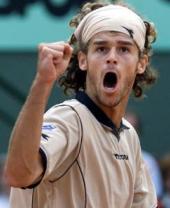 Slam comebacks of Jimmy Connors are often mentioned (Pernfors ’87, P.McEnroe ’91), but they wouldn’t be made if he hadn’t won a match in Paris that year against Jean-Francois Caujolle. Read more…
Slam comebacks of Jimmy Connors are often mentioned (Pernfors ’87, P.McEnroe ’91), but they wouldn’t be made if he hadn’t won a match in Paris that year against Jean-Francois Caujolle. Read more…
–
Even though Andre Agassi and Pete Sampras were seeded with two highest numbers, everyone expected a Gustavo Kuerten vs. Magnus Norman final. Agassi came to Paris out of form, with a humble 3-2 clay-court record, something similar had happened a year before when he triumphed, but tennis miracles rather don’t occur twice in a row, in turn Sampras had won just 2 out of 5 clay-court matches during his French Open preparation, and everyone knew he had lost his last reasonable chance to collect fourth Slam in Paris, in 1998. Much more younger Kuerten and Norman were brilliant at the time, sharing the biggest titles between themselves: Norman won the Italian Open, Kuerten in Hamburg, splitting wins against each other in the process. 20-year-old Marat Safin was considered as the only man who could interfere the general assumptions. Also other youngsters displayed their huge potential: Juan Carlos Ferrero, Roger Federer & Lleyton Hewitt. Read more…
Posted in History
Leave a comment
5th Week – Davis Cup (1R)
This gallery contains 9 photos.
First round 2012 Three notable players who had been nominated (Janko Tipsarevic, Nicolas Almagro, Radek Stepanek), skipped the weekend (injuries). Serbian fans should be happy Novak Djokovic didn’t follow suit despite his effort in Melbourne, last year he’d pulled out … Continue reading




